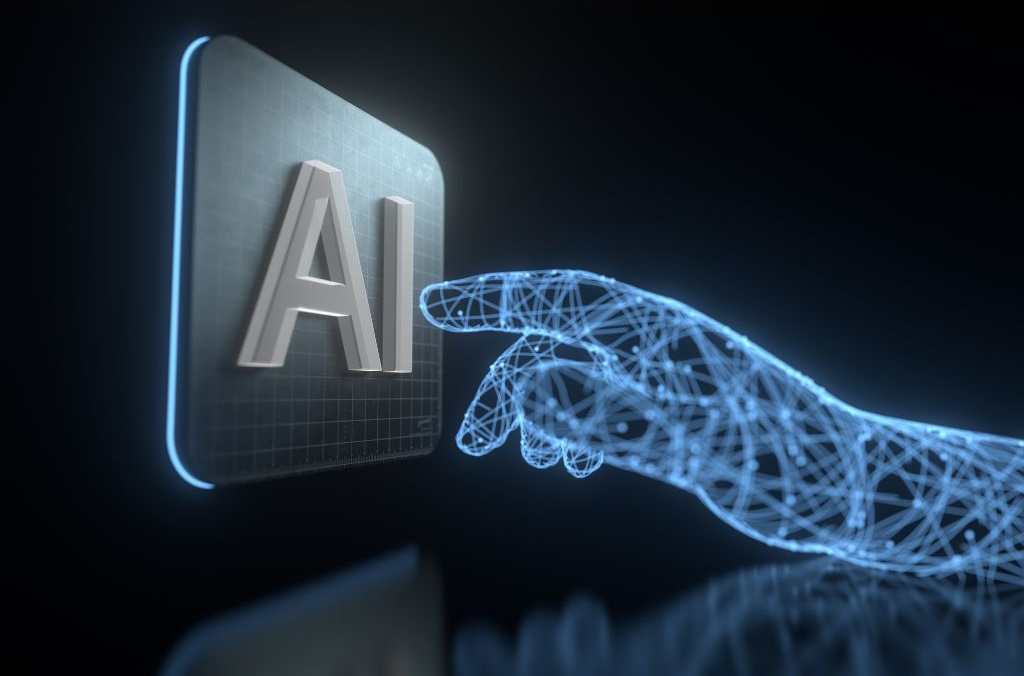 AI
AI
 AI
AI
 AI
AI
As the pace of artificial intelligence expansion evolves, the enterprise is increasingly becoming aware of the complexities of performance, risk management and sustainability. This is where responsible AI comes into play.
As navigating these tricky areas becomes even more crucial, the onus on companies such as Trustwise Inc. has become more prominent to tamper rampant innovation with efficiency and sustainability. At its core, responsible AI adoption is the antecedent for creating Optimize:ai, according to Manoj Saxena (pictured), founder, chief executive officer and chairman of Trustwise.
“Responsible AI is my life’s work. I tell my daughters, that’s the card that will go in my coffin, that’s the part about this nonprofit that I started eight years ago,” he said. “I started realizing that we are now dealing with a technology that is exponential in nature. What the Industrial Age did for our arms and legs, AI is going to do for our minds and our skills. And I started realizing that if left to technology companies alone, it could be put to wrong use or harmful use.”
Saxena spoke with theCUBE Research Principal Analyst Shelly Kramer, during a SecurityANGLE segment on theCUBE, SiliconANGLE Media’s livestreaming studio. They discussed how Optimize:ai’s crucial role in ensuring AI advancements are both beneficial and responsible as they continue to transform industries.
Saxena founded the Responsible AI Institute eight years ago while he was general manager at IBM Watson. With a wealth of experience and unwavering belief in responsible AI, his professional ambitions and entrepreneurial ventures underscore a passion for building impactful tech.
“The way out of it to me was to create a nonprofit that’s like a J.D. Power of AI that can go in and do an independent assessment and benchmarking and certification, and that’s how I got going on that journey,” Saxena said. “On the business side, I think people are now beginning to realize that responsible AI is profitable AI and the fact that if you do it the right way, you can enhance your brand — you can enhance customer service and trust.”
The cruciality of transparency and safety in AI applications must not be overlooked. This drive to mitigate the risks associated with AI technologies contributed to the creation of the Responsible AI Institute, which provides independent AI conformity assessments and certifications, according to Saxena.
“We are a membership-driven model, we are a global nonprofit and we have some amazing companies who are members,” he said. “It’s an annual fee that you pay, and in return you get access to all our tools [and] a community of about 30,000 people. You also get [a] number of free hours a year along with that membership, so you can use it for education or you can use it for assessments and benchmark and certification.”
Trustwise officially launched this week with a fresh infusion of seed funding. The company’s flagship offering, Optimize:ai, will be targeted primarily at enterprise developers and dev teams. This API-based solution addresses three critical challenges in AI implementation: lowering costs, enhancing safety and reducing the environmental footprint of AI models.
The timing couldn’t be more perfect, either, as businesses grapple with integrating gen AI into their operations, according to Saxena. Practically, Optimize:ai has been designed to address three key areas: costs, risks and environmental impact. These broadly represent the primary challenges today’s businesses face in AI implementation.
AI models are notoriously expensive to develop and maintain. Data centers, which are essential for AI operations, are projected to consume a significant portion of global electricity in the coming years. Optimize:ai aims to reduce these costs by optimizing model performance and resource usage, according to Saxena.
Beyond costs, Optimize:ai also offers tools to prevent data leaks and minimize the risk of AI model hallucinations, which can lead to incorrect or biased outputs.
“A lot of thought today is given about hallucinations and data leakage, and I think that’s an important problem to solve, but not enough attention is given to the other big problem, which is alignment,” Saxena said. “One part is the alignment of the AI output to corporate requirements. Second is the alignment of AI to regulatory requirements for a given industry.”
The environmental impact of AI is a growing concern, with data centers contributing to significant carbon emissions. Optimize:ai addresses this by optimizing AI operations to be more energy-efficient, thereby aligning with corporate sustainability goals, Saxena explained.
“AI impact and IT impact on sustainability goals is going to become a bigger and bigger piece of the pie,” he said. “Right now, it’s more things like supply chain decarbonization. But IT decarbonization is quickly coming up on the agenda.”
Here’s the complete SecurityANGLE segment with Manoj Saxena:
THANK YOU